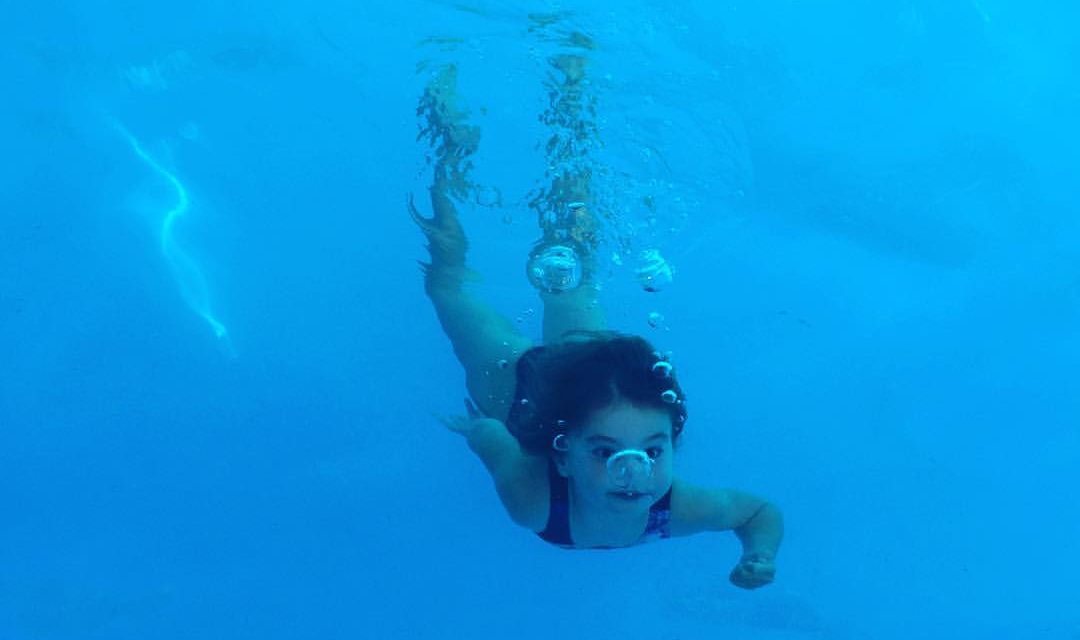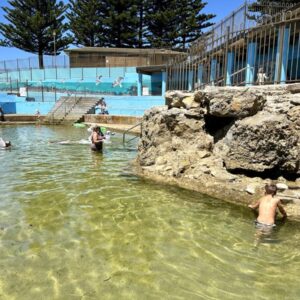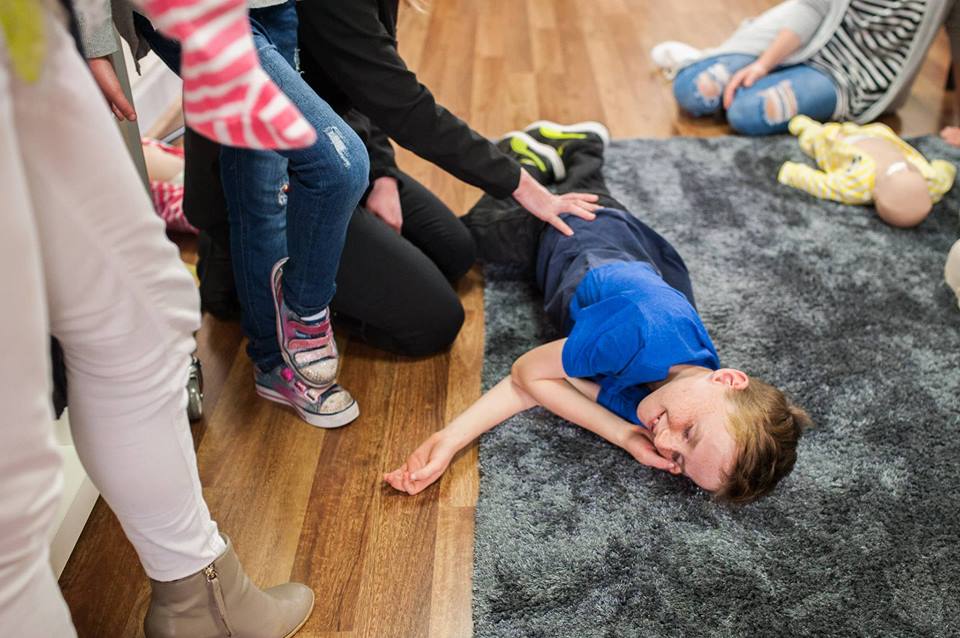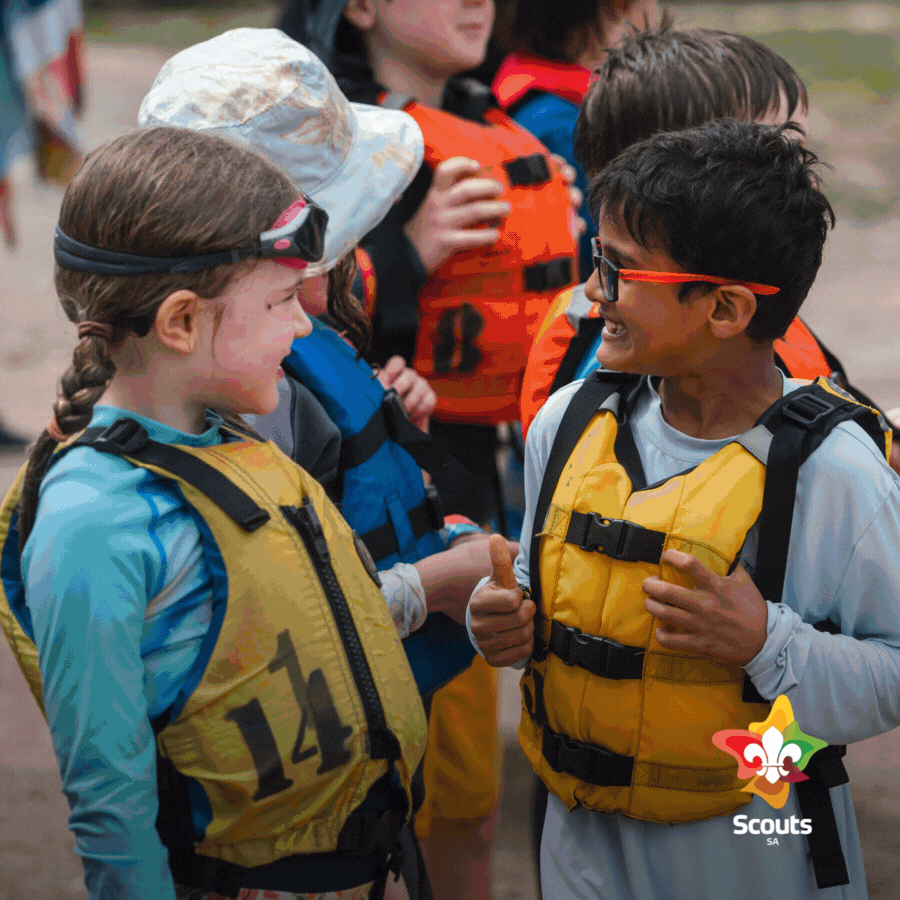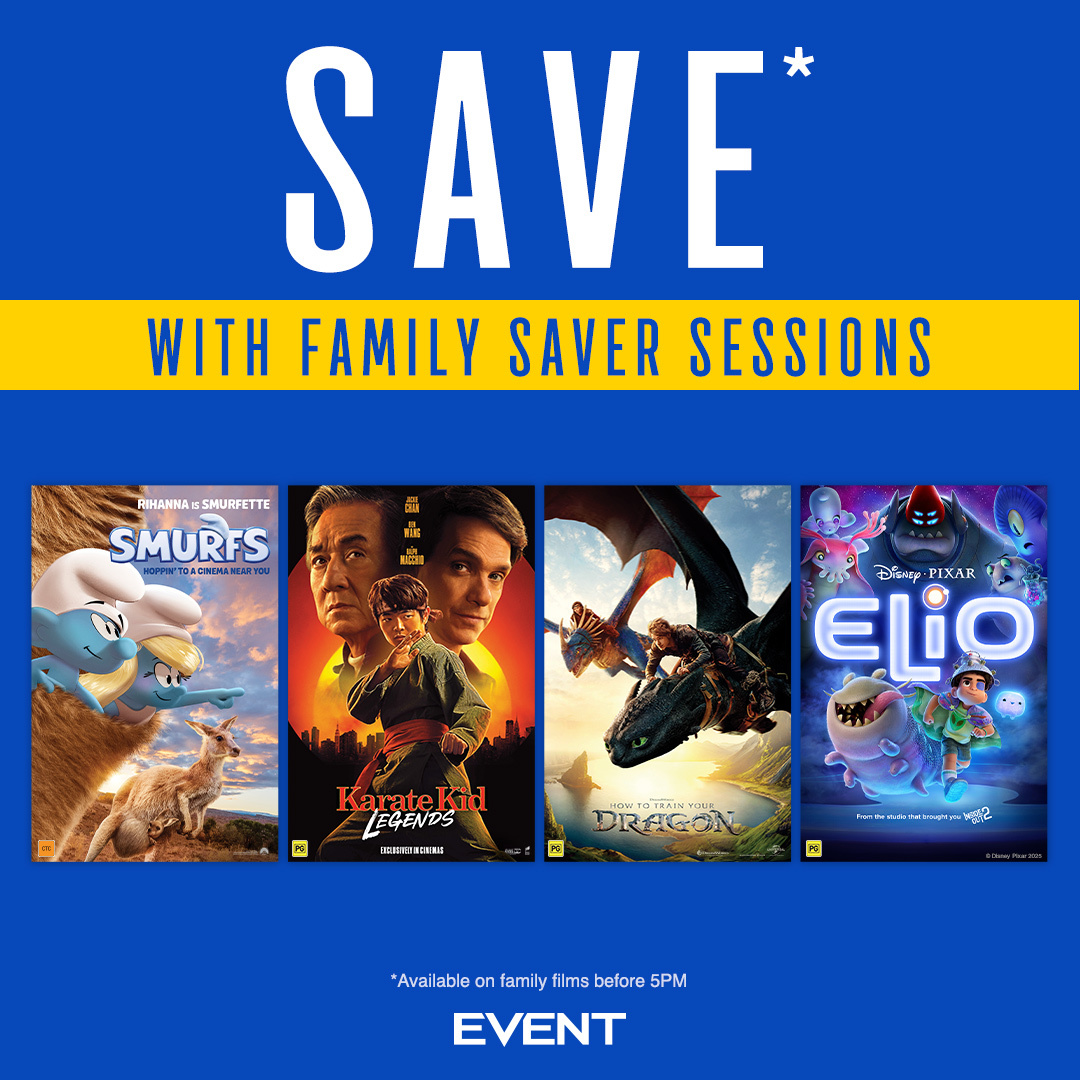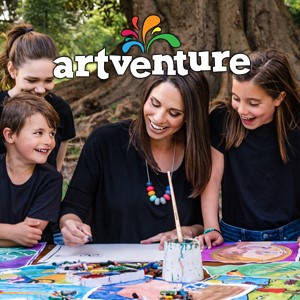Summer is just around the corner and we have been busy getting our pool sorted for hours of swimming fun. This is also a great time for a quick review of how to make your pool safe, a topic that has been on my mind more than usual recently both because of an accident that my daughter had in our pool. She hit her head on the side of the pool quite badly, luckily she was not knocked out but it really reinforced the importance of what I believe are the essentials of pool safety. Let me share them with you….
1: Active Adult supervision around the pool at all times:
By this I mean active supervision, without distraction. Drowning is not loud and it can happen in as little as 20 seconds, the time it takes for you to respond to a message, answer the door or check on dinner… so keep your eyes on the pool at all times.
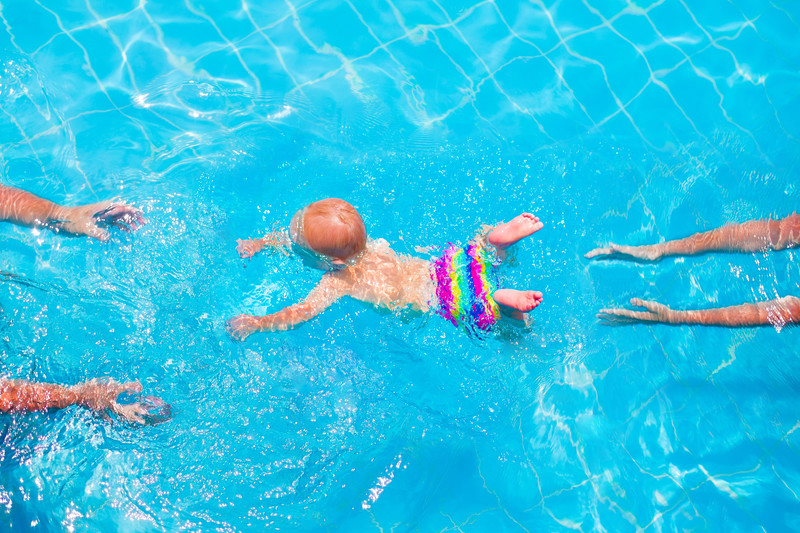
Children under 5 should be within arms reach at all times. Don’t assume that a flotation device means that they can stray a little further, occasionally it is the flotation device that gets them into trouble. Older children should be in your direct line of vision and immediately accessible. This means adults supervising shouldn’t be behind a closed pool gate and anything obstruction your line of sight (pool toys, hanging towels) should be moved. My children (9 and 11) think I am a bit mean with this one. They are both strong swimmers, but I know that all it takes is for them to slip and fall, or hit their head (as my daughter did) and they may lose their ability to fix whatever situation they find themselves in. Remember 20 seconds is all it takes.
When you are at a party or have friends over and the kids are in the pool, ask yourself who is on lifeguard duty? In a social situation it is easy to become distracted by conversation and to assume others are watching the pool. Consider rotating lifeguard duties so everyone can enjoy themselves and be safe.
Educate yourself about what a person in trouble in the water looks like. Be proactive and pull them out early when their behaviour changes. They will be the quiet one’s, they will have stressed body language and will be struggling to keep afloat (this may not mean splashing). They can easily be missed in a loud, busy pool.
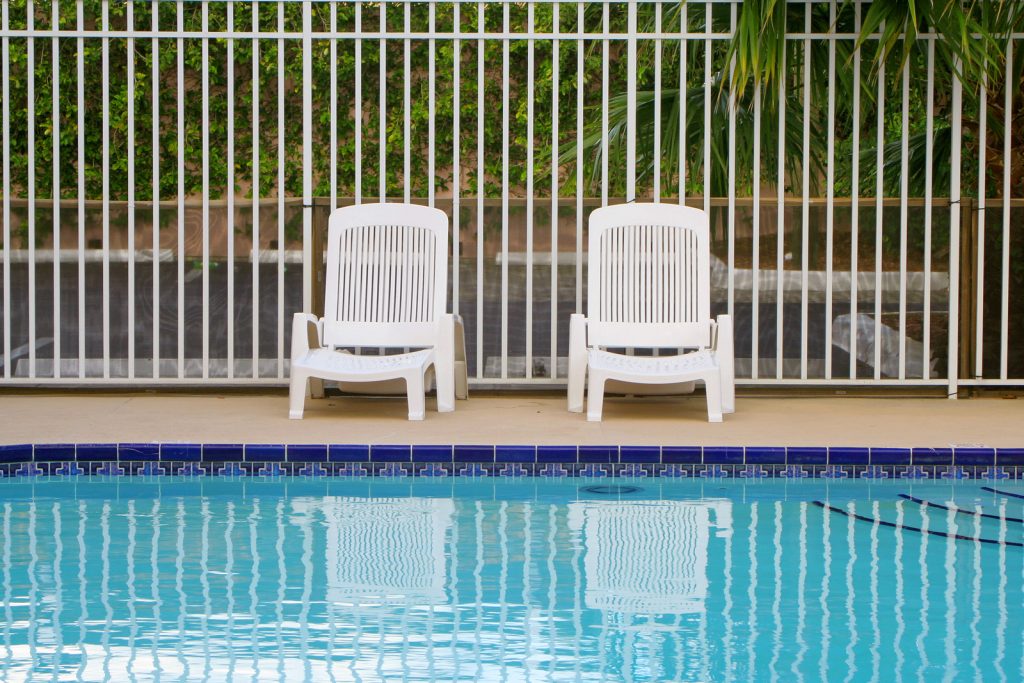
2: Safe surroundings
Make sure the pool fence is compliant, the gate self closes and never gets propped open. Children love to climb and love water ( a dangerous combination), think like a child… is there anything they can climb to get over the pool fence (because they will).
I like to keep a few small floaties around and in the pool, like noodles. If a competent swimmer momentarily loses their confidence, they are not far from something they can use to keep themselves afloat.
As mentioned above, make sure nothing is hung on the pool fence, like a towel to obstruct your vision.
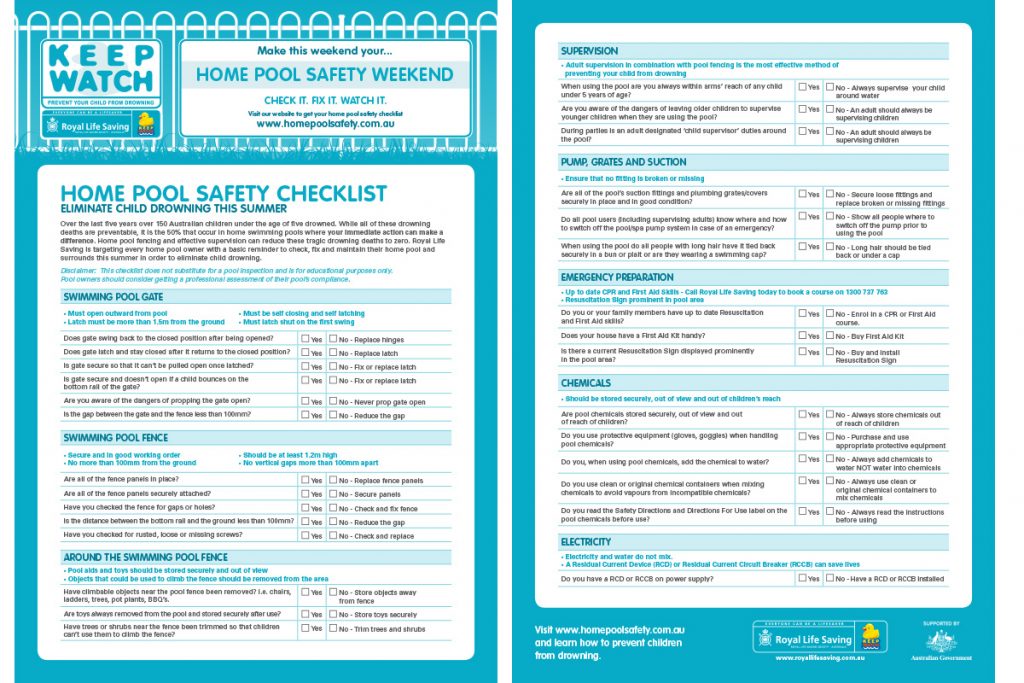
3: Teach respect for water
This can be done many ways. Swimming lessons teach valuable life skills and water safety. However, in case they have taught confidence in very controlled circumstances, they should go hand in hand with family rules that teach respect for water. Rules that take into account:
- that children should always be supervised around water regardless of their swimming ability (accidents happen)
- the features of your pool… is jumping allowed? From which end? What activities and behaviour are ok, and which ones mean swim time is over?
- that the swimming ability and confidence of friends and visitors differ
4: Lastly your DRSABCD, learn CPR and first aid
Despite all your best efforts, accidents can happen, it is always best to be prepared. A course will give you the confidence of what to do if someone gets into trouble in your pool.
Empower your children with the same knowledge. Children can keep calm in an emergency with a simple, age appropriate, first aid plan. They can be helpful to identify when someone is in trouble, they can call for help and more. Talk to your children about safe ways that they can help and consider a children’s first aid course to help them understand when to help, their priorities and how to safely help. A children’s first aid course can be done in your own home or as part of a community course.
It is all too easy to get a bit complacent with pool safety, especially if your children are good swimmers. So, let me remind you that drowning is the 3rd most common cause of death in children aged 1-14. This is a great reason to make sure that part of your pool prep this year is a pool safety check. Involve your children. Sit them down, refresh their memories about your family pool rules, help them understand why you have rules, and empower yourself and your children with first aid confidence.
Have a happy and safe swimming season.
This article was written for information and education purposes only and is not intended to be a substitute for professional medical advice, diagnosis, or treatment. Always seek the advice of your physician or other qualified health provider with any questions you may have regarding a medical condition. Never disregard professional medical advice or delay seeking it because of something you have read in this article.
Karyn is an Adelaide based, Registered Nurse and Trainer with 18+ years of experience dealing with the medical and first aid needs of both adults and children. She is also a Mother and has firsthand experience dealing with Asthma and Allergies/Anaphylaxis on a daily basis. These roles enable Karyn to both appreciate the first aid challenges that a Parent/Caregiver can face, and understand the importance of quality first aid training in the community. Visit her website at www.head2toefirstaid.com.au







